Since hard-pen calligraphy is far more practical than brush calligraphy, among the calligraphy enthusiasts and learners in a broad sense, hard-pen calligraphy learners are even larger.
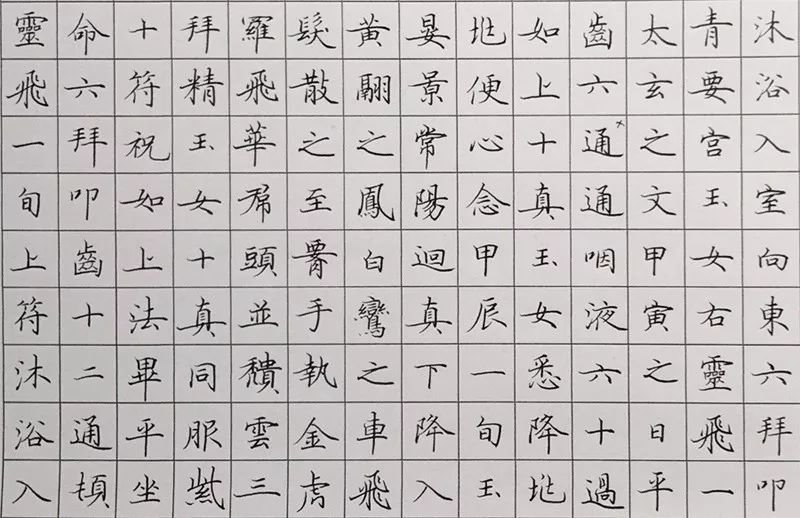
Picture/Hard-pen Lingu Tie "Ling Fei Sutra"
So, how to write calligraphy when learning hard-pen calligraphy?
1. Priority will be given to ancient posts when selecting posts.If you are interested in practicing regular script, you may consider copying the "Ling Fei Jing". If you are interested in practicing running script, for beginners, it is more recommended to use running script with clear strokes and strict rules. So in terms of running script, my recommendation is "Wen Fu" by Lu Jianzhi.
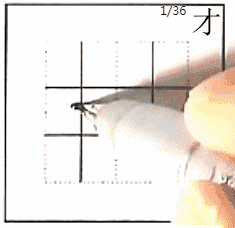
2. Put an end to "character molds",The so-called font is to use hard pen to write in the groove. This is a low-level method that treats the symptoms but not the root cause, and even has many hidden dangers.
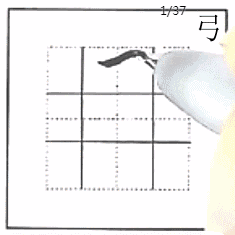
3. “Copying” is not recommended.
It is not recommended to use transparent paper to copy hard-pen calligraphy (brush calligraphy is fine). Hard-pen calligraphy pays more attention to structure than brush calligraphy, and tracing is more of a brush calligraphy practice. The tracing effect of hard-pen calligraphy is very little.
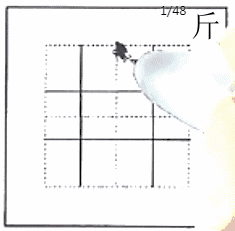
4. It is advisable to use the rice-character grid to face the copybook.
Try to make the position and size of each stroke consistent, practice each word hundreds of times, finish writing a copybook, and then continue from the beginning, and so on until you can write each word very similar without looking at the copybook. It worked.
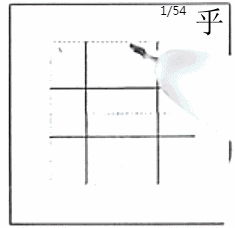
5. Practicing more is not as good as practicing well.
Don't rush to practice all the words at once. If A and B practice calligraphy at the same time, A's ability to write 100 characters will be much better than B's ability to master 1,000 words. Even if A has 900 words that he has not mastered, his writing will still be better than B's.
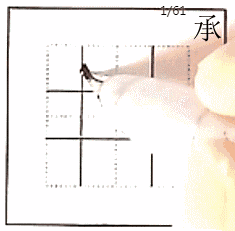
6. The choice of tools is very important.
Pencils are very expressive in stroke thickness, a useful tool for beginners, and toys for experts; ballpoint pens are not easy to use, so throw them away decisively; fountain pens are the king of hard-pen calligraphy, pick a good one, get familiar with it, and integrate it; gel pens , the most cost-effective, easy to master, highly expressive, and ready to use.
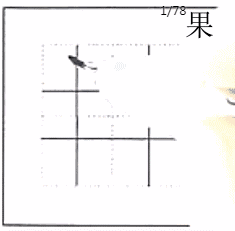
7. Don’t rely too much on calligraphy teachers and tutorials, and don’t worry about your limited talent. The important thing is to practice more and you will succeed if you persist.








